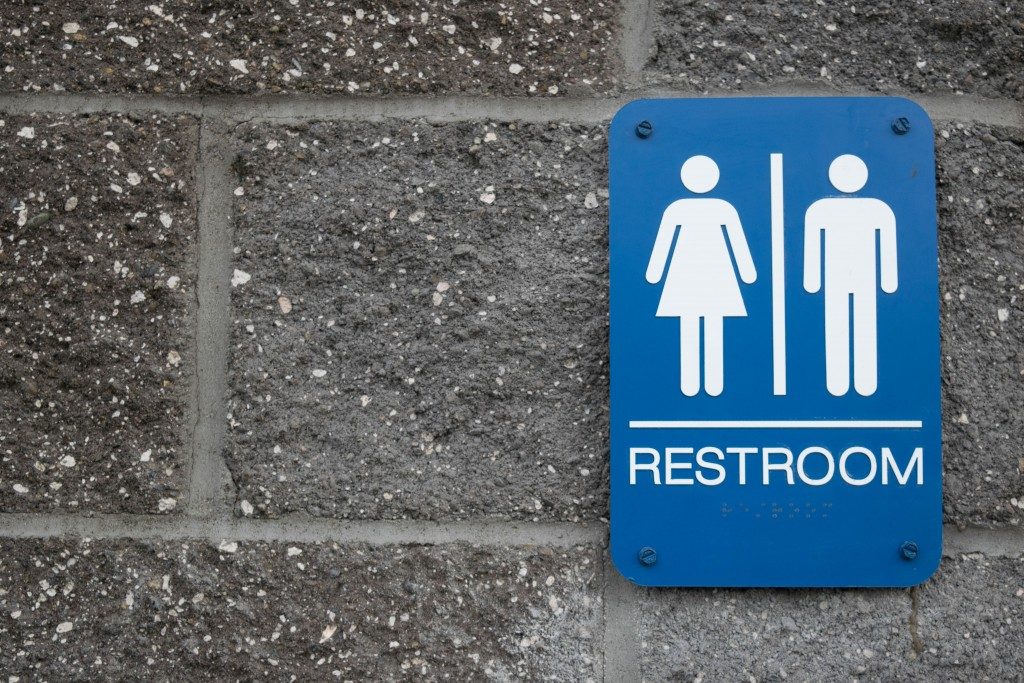We know that public places are unclean, which is why we don’t touch the railings on the subway or touch our mouths after holding the door in any public place.
But have you asked yourself how dirty is dirty?
Some researchers went out and tried to find exactly how dirty public places are, and the results reveal how much cleaning materials and commercial scrubbers are necessary to keep bacteria from thriving in these spaces. The following are the dirtiest public places they found.
The Office
The place where we spend eight hours a day has almost 500 species of bacteria. A study published in the journal PLoS ONE examined 90 offices in three different cities: Tucson, New York, and San Francisco. The researchers collected data by swabbing keyboards, mice, desktops, chairs, and phones in both men’s and women’s desks.
The results reveal that there are more bacteria in men’s desks than the women’s and that most of these bacteria were from nasal, dermal, oral and intestinal cavities, which posed no threat to people with healthy immune systems.
Among the swabbed samples, office chairs and phones contained more bacteria than mice and keyboards. Offices in New York have the most germs while the ones in San Francisco have the least number of bacteria. Also, the bacteria in these cities were similar while the ones in Tucson are distinguishable. This may be related to Arizona’s climate that may have encouraged different types of bacteria to grow.
The most commonly found bacteria included the following:
1. Streptococcus. This airborne bacterium is the culprit of strep throat and could lead to more serious illnesses such as pneumonia.
2. Corynebacterium. This is the cause of diphtheria.
3. Flavimonas. This gram-negative bacterium causes sepsis and peritonitis.
4. Burkholderiales. This order of pro-bacteria includes both pathogenic and non-pathogenic bacteria including Burkholderia, which causes pulmonary infections.
Public Restrooms

If you think 500 species of bacteria is too much, imagine having 77,000 distinct types. That’s how many types of bacteria are found in a public restroom. Most of these came from fecal matter and skin-associated bacteria, which humans shed daily.
But the researchers found that even though human beings can shed a lot of bacteria in such a small space, the bacteria could also quickly die out when left alone for a few hours. Gut-bacteria died more quickly because they require a warm, moist environment to thrive. Skin bacteria were more resilient; however, they could be quickly eradicated with a quick cleanup. Some of the more dangerous bacteria and viruses included the following:
1. Fecal bacteria. These bacteria are an indicator that there is fecal contamination; when found in water, it may not be harmful.
2. E. coli. E. coli is typical in healthy people but may also cause diarrhea and vomiting.
3. Methicillin-resistant Staphylococcus aureus (MRSA). MRSA causes skin, lung, and bloodstream infections.
4. Salmonella. This is another well-known virus that causes diseases of the intestinal tract.
5. Norovirus. This contagious virus also causes diarrhea and vomiting.
6. Shigella. Shigella also causes stomach problems and fever.
Restaurants
You would think that restaurants are the last place to be bacteria-infested, but, sadly, that is not the case. Chairs, tables, menus, utensils, and even lemon wedges have a lot of bacteria due to the high concentration of people and food in one area.
High chairs often have direct contact with soiled diapers and dirty shoes. Menus are passed along from one guest to the other, and most often before the guest wash their hands. Cleaners wipe the table clean, but often the bacteria from leftover food is only spread to other tables instead of being wiped clean.
How to Stay Clean in a Public Place?
Public places are often the breeding ground of bacteria and viruses, but as long as they are kept clean using scrubbers and disinfectant, the general populace is not in danger of any the illnesses and diseases they could engender. Also, most studies show that even basic personal hygiene, such as washing hands with soap and water, does a lot to increase a person’s resistance against viruses and bacteria. Following basic hygiene is the best way to keep illnesses at bay.